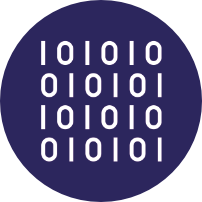Nos solutions GORILLE sont conçues pour révéler les malwares dissimulés dans vos fichiers exécutables avant qu’il ne soit trop tard.
GORILLE Server
vous protège des attaques ciblées
GORILLE Expert
vous aide à répondre aux incidents
GORILLE Patrol
débusque les menaces dormantes
Les innovation technologiques
- explicabilité des résultats
- caractérisation et attribution de la menace
- temps de détection sous la seconde
- résistance aux protections et aux variants
- détection de nouvelle génération avant détonation
- intégration aux solutions en place via API






